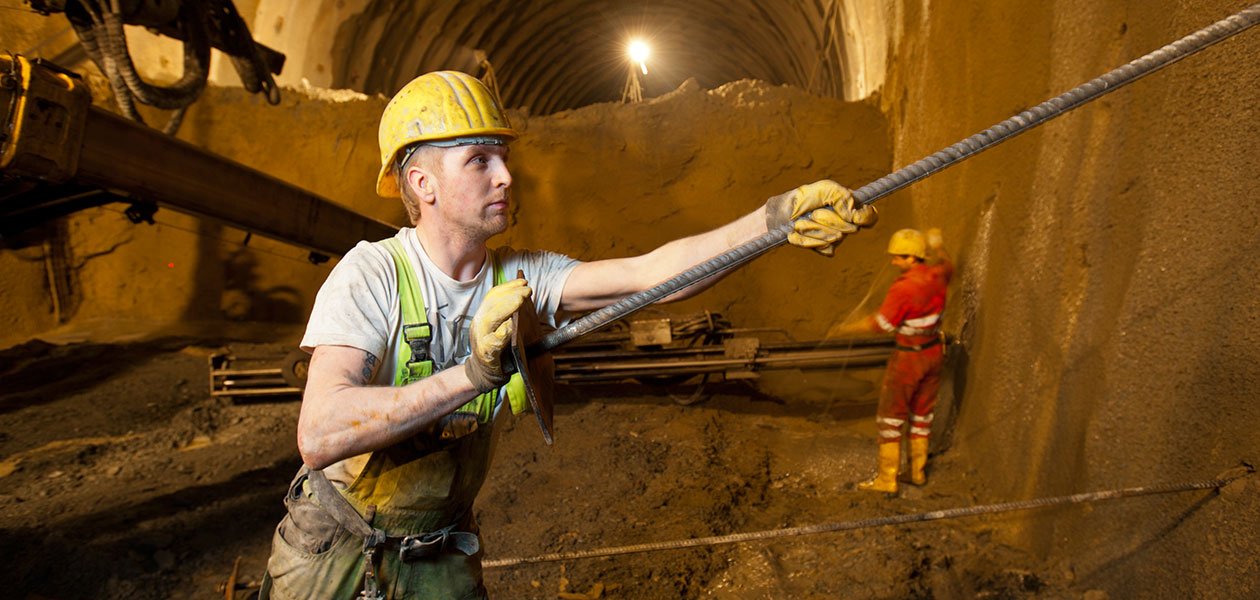
Project overview
The Brenner Base Tunnel (BBT) is a straight, flat railway tunnel connecting two countries. It runs for 55 km between Innsbruck (in Austria) and Fortezza (in Italy).
In May 1994, a railway bypass was opened south of Innsbruck, known as the Inn valley tunnel. This 12.7 km tunnel links to the Brenner Base Tunnel. Passenger and freight trains along this stretch will therefore not only travel through the Brenner Base Tunnel, but for a few kilometres, through the Inn valley tunnel as well. This line, totalling 64 kilometres, will become the longest underground railway connection in the world.
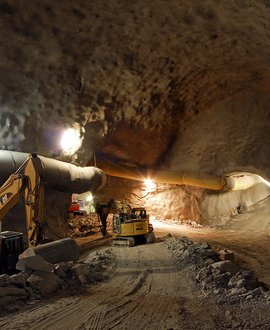
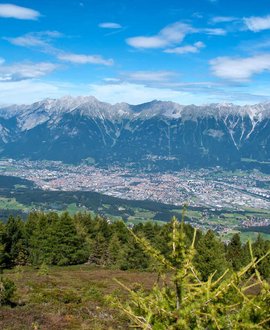
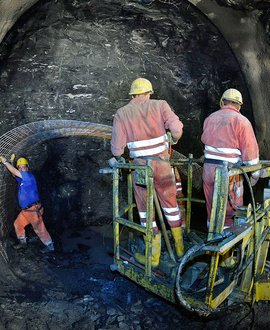
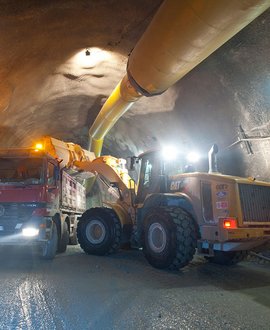
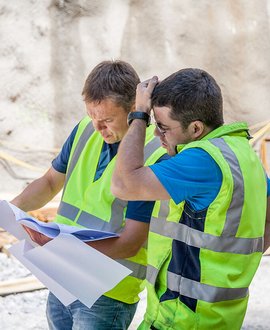
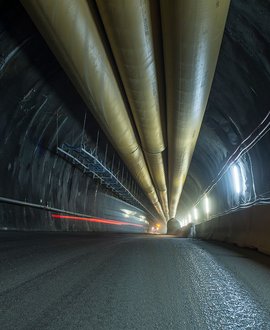
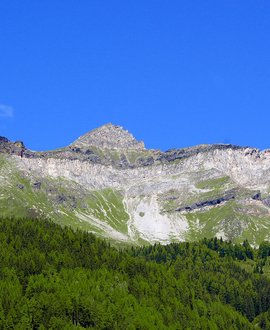
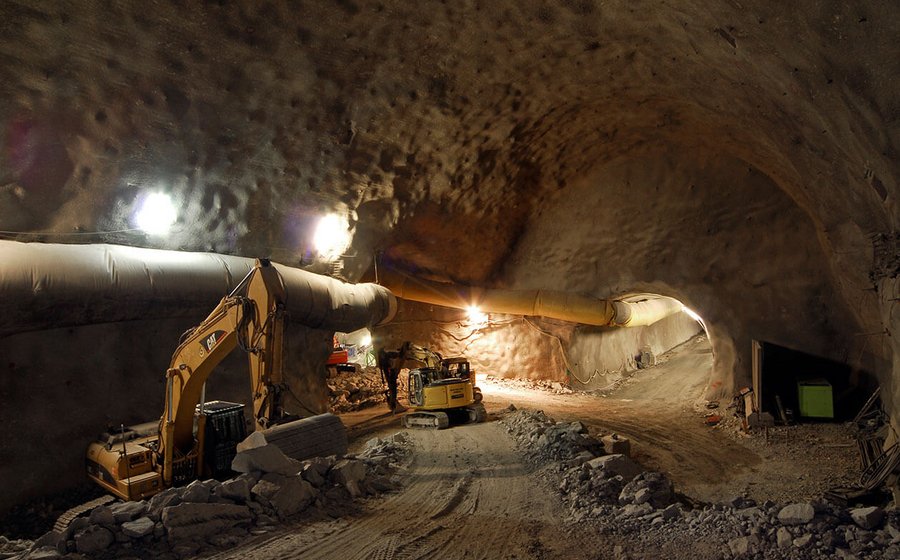
The BBT is a complex tunnel system. Besides the two main tubes and the exploratory tunnel, there are connecting tunnels, side tunnels and emergency stops plus four lateral access tunnels. A single track runs through each of the two main tubes.
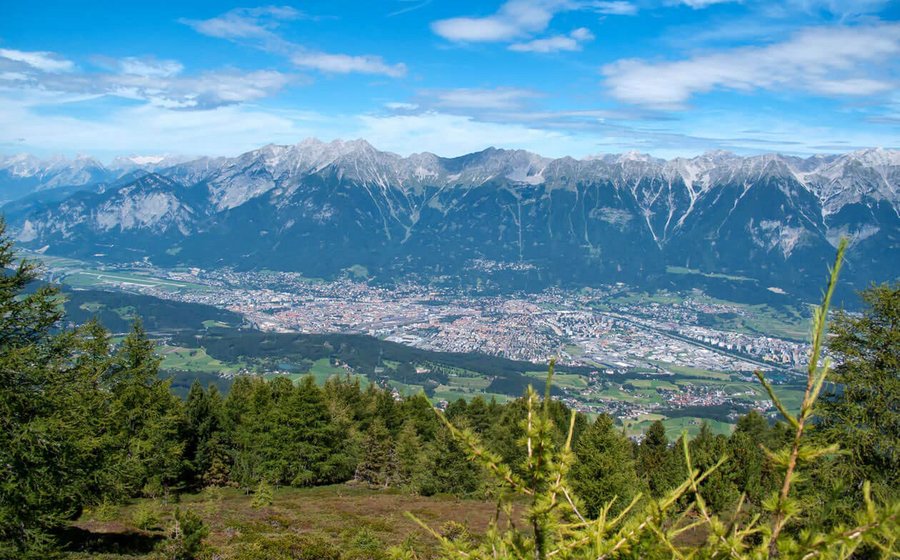
We speak of a base tunnel when a tunnel runs through a mountain without noticeable sloping (so it may also be called a low-gradient railway). Base tunnels are built almost only through high mountain ranges.
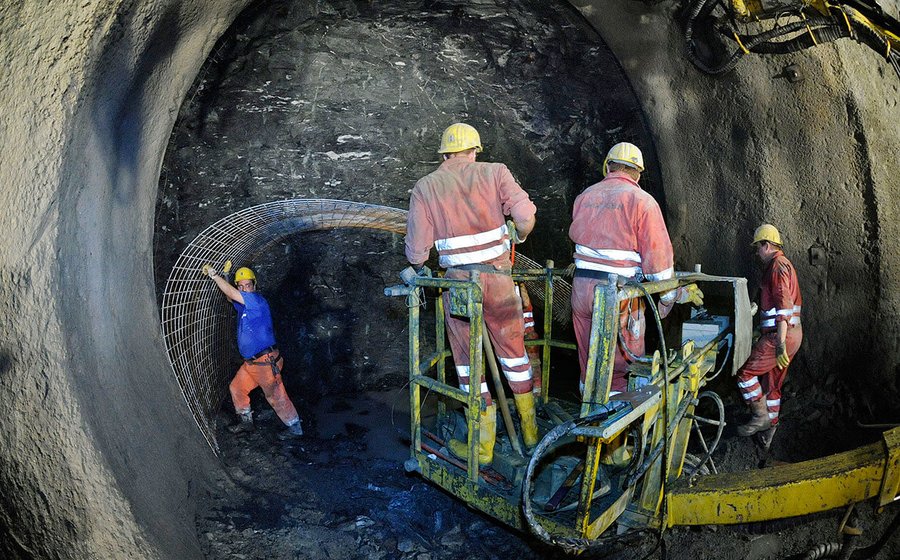
The exploratory tunnel is important to obtain further information about the inside of the mountain and therefore plan the construction of the main tubes with a higher degree of precision.
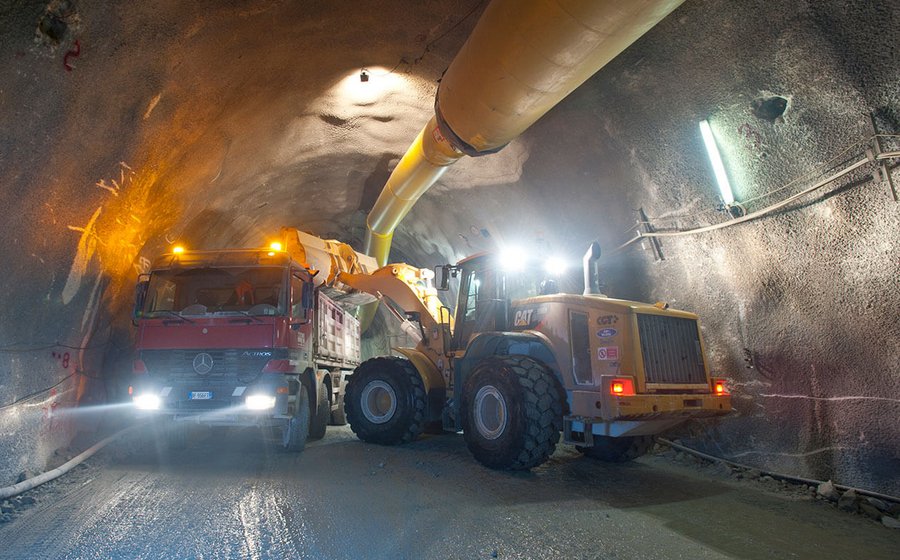
During the construction of the main tubes, the spoil will be removed through the exploratory tunnel. Construction can therefore continue undisturbed. The exploratory tunnel also serves as a drainage tunnel for underground waters that collect in the entire tunnel system.
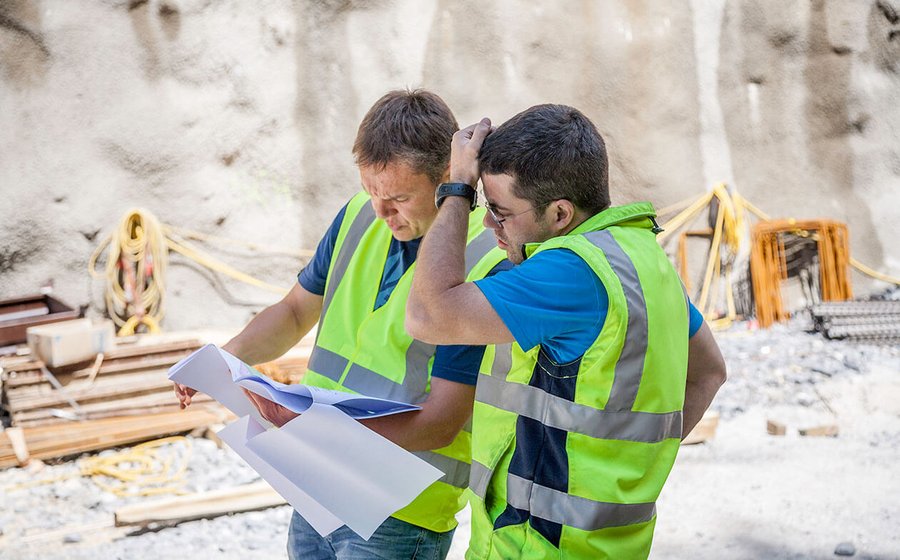
Both main tunnels are linked every 333 m by connecting side tunnels. These are safe areas in which passengers can find refuge and reach the other tunnel. From there, a rescue train can bring them to one of the three emergency stations. An access tunnel leads from these underground stations to the open air.
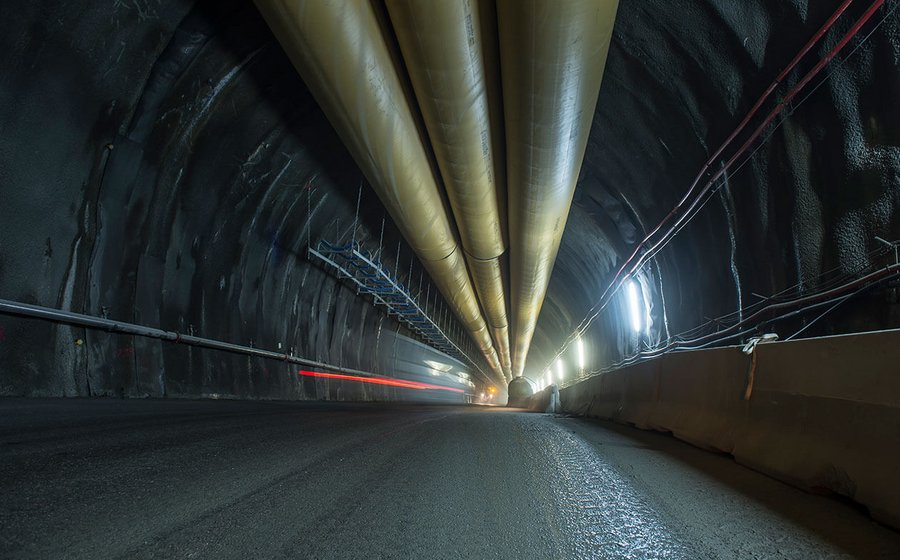
It stretches for 64 km between Fortezza and the tunnel entrance in Tulfes, near the Innsbruck bypass that was built in 1994. The length of the tunnel from Fortezza to Innsbruck is 55 km.
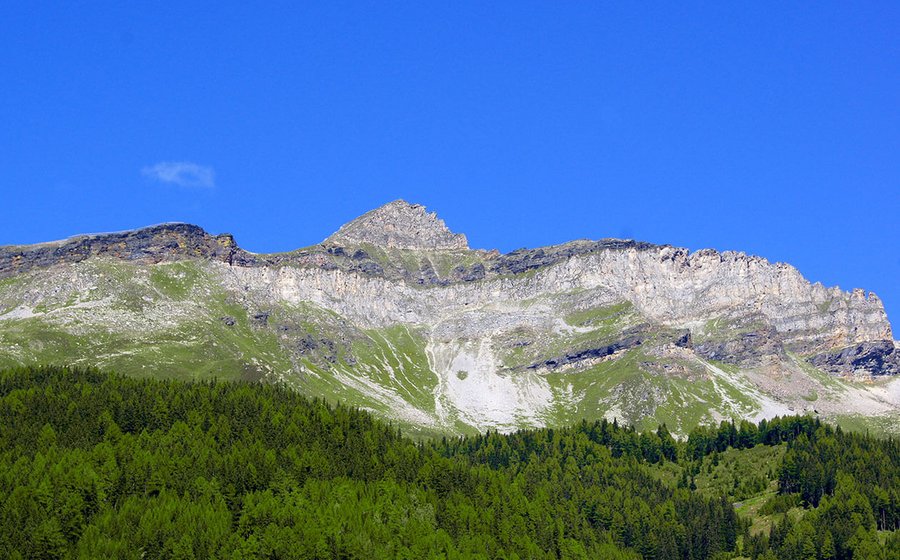
The geological information we have is based on preliminary prospection studies that have been going on for decades. So far 200 prospection borings have been carried out, in which over 35,000 m of stone were removed from the mountain, to evaluate the rock mass along the planned tunnel route.
The BBT consists of two tubes, each 8.1 m wide, running 40-70 m apart from one another. These tubes are each equipped with a single track, meaning that train traffic through the tubes is one-way. The two tubes are linked every 333 m by connecting side tunnels. These can be used in emergencies as escape routes. This configuration conforms to the highest security standards for tunnels.
A peculiar feature of the Brenner Base Tunnel (BBT) is the exploratory tunnel running from one end to the other. This tunnel lies between the two main tunnels and about 12 m below them and with a diameter of 5 m is noticeably smaller than the main tubes. The excavations currently underway on the exploratory tunnel should provide information on the rock mass and thereby reduce construction costs and times to a minimum. The exploratory tunnel will be essential for drainage when the BBT becomes operational.
The BBT runs for 64 km between Tulfes/Innsbruck and Fortezza, making it the longest underground railway stretch in the word. The BBT ends in Innsbruck in the existing railway bypass tunnel, which ends in Tulfes. A new rescue tunnel is being built running parallel to the bypass. The two-tube tunnel system between Innsbruck and Fortezza is 55 km long.
The slope in the base tunnel is 4-7 ‰. The apex height is 790 above sea level, lying 580 m below the Brenner Pass itself (1,370 m a.s.l.).
| Basic data | |
|---|---|
| TEN Corridor: SCAN-MED (Scandinavia-Mediterranean) | 9.400 km Railways |
| Total tunnel length (from the Innsbruck bypass to Fortezza) | 64 km |
| Length of the base tunnel (from the Innsbruck portal to the Fortezza portal) | 55 km |
| Maximum overburden | 1.720 m |
| Internal diameter of main tunnels | 8.1 m |
| Internal diameter of exploratory tunnel | 6 m |
| Longitudinal grade | 4 ‰ - 7 ‰ |
| Design speed for freight traffic | 120 km/h |
| Design speed for passenger traffic | 250 km/h |
| Energy supply for railway traction | 15 kV 16,7 Hz and 25 kV 50 Hz |
| Control and command system | ETCS Level 2 |
| Upper surface of the rails at the Innsbruck portal | 603 m a.s.l. |
| Upper surface of the rails at its highest point (Brenner) | 794 m a.s.l. |
| Upper surface of the rails at the Fortezza portal | 749 m a.s.l. |
| Distance between the connecting side tunnels | 333 m |
| Emergency stops (Innsbruck, St. Jodok, Trens) | 3 |
| Spoil | 21,5 Mio. m³ |
| Total length of the tunnel system | 230 km |
| Excavation methods | 50% Drill and Blasting 50% Tunnel boring machine (TBM) |
| Estimated costs for the project (price basis 01/01/2023) The breakdown of the estimated total costs of the project is as follows:
| 10.535 billion € |
| Planning and construction phases: Phase I: preliminary project and prospection Phase II: final project and Environmental Impact Assessment Phase IIa: exploratory section Phase III: main tunnel | 1999-2003 2003-2010 2007-2013 2011-2032 |
